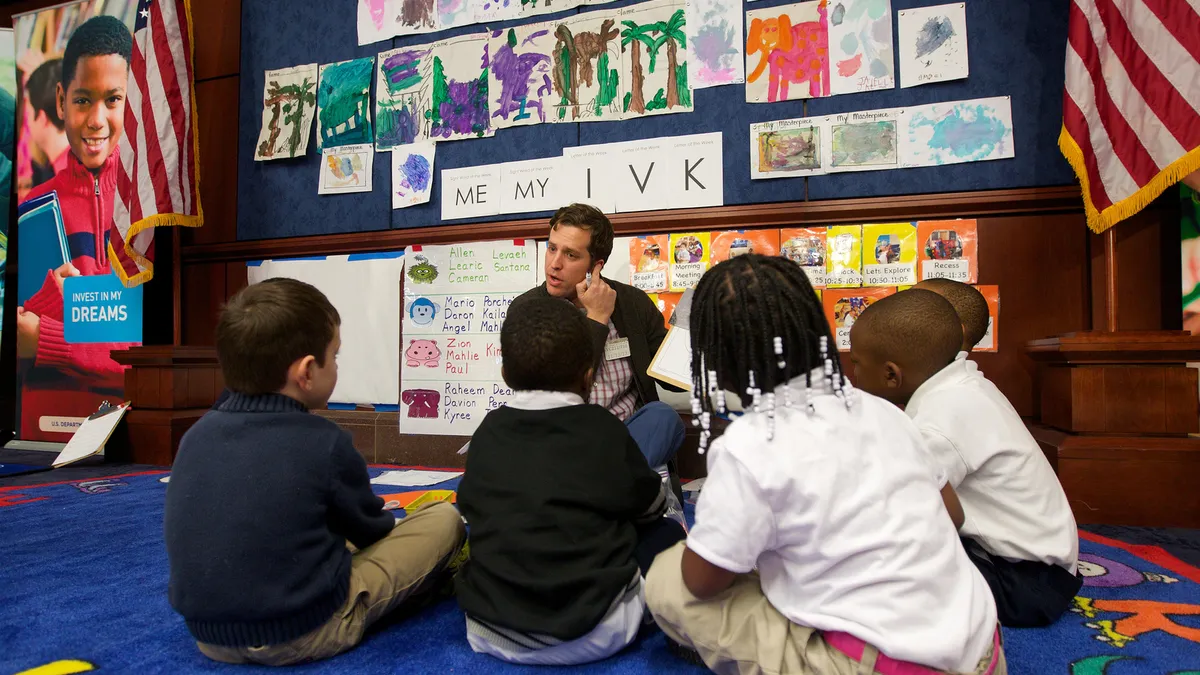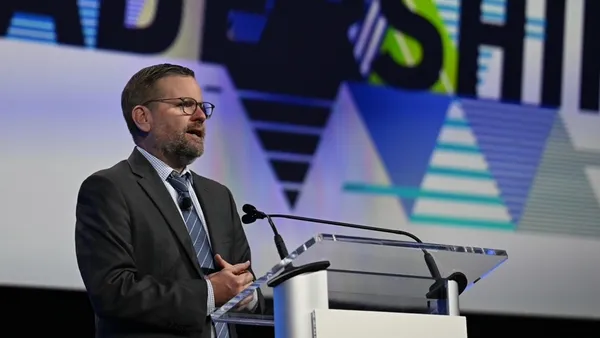Dive Brief:
- The Koch network, backed by conservative investor Charles Koch, is taking an interest in 15 million K-12 students across five unnamed states with a special eye on curriculum and technology, according to the Associated Press. The initiative will also work to "unit[e] a broad coalition that will include outreach to teachers," the AP reported.
- Specifics on what the network will try to accomplish are still unknown, but it did say it would prioritize school choice among other initiatives, according to the AP. And the timing of the announcement may be significant, coming shortly after a teachers strike in Los Angeles and with another potentially in the works in Denver — two examples of educators expressing a need for better conditions in their schools, the network's chairman said.
- However, some teachers have been skeptical about outside funds coming into education, leery of networks trying to steer students and families away from public schools and toward private and charter schools instead. American Federation of Teachers (AFT) President Randi Weingarten, for instance, expressed concern over Koch's anti-union stance, the AP notes.
Dive Insight:
In a time when education budgets still seem to be too small, it seems counterintuitive to imagine a district or school turning down funding for their own buildings or classrooms. But how that funding is going to be used is important to understand before money exchanges hands. On one hand, districts are required, when qualifying for or accepting certain kinds of funding — such as federal e-rate money — to meet basic educational requirements or standards.
On the other hand, accepting private dollars can also come with requirements that are often tied to the agenda of the group with the funding. Numerous organizations, including the Bill and Melinda Gates Foundation and the Annenberg Foundation, offer educational grants. And in some cases, these groups are looking to underwrite specific initiatives — such as bringing more technology into schools — while in other cases, they may want districts to agree to different demands.
The Philadelphia School Partnership, for example, initially offered a $35 million grant to the city’s public schools in 2015. In exchange, the foundation wanted the district to set aside 15,000 new charter school seats. In the end, the two groups didn't reach a conclusion, and the district didn't get the money, WHYY reported.
In evaluating funding proposals from any outside companies that might have their own agendas, administrators should first enure they are clear on what these organizations stand for and what conditions they have, if any, in the event that their offers are accepted. While outside funding is sometimes necessary and can always help to supplement whatever money a district already has — especially when state and local budgets are tight — it's important for school leaders to take the time and steps needed to assess whether the funds are in line with their own district's goals for teaching and learning.












